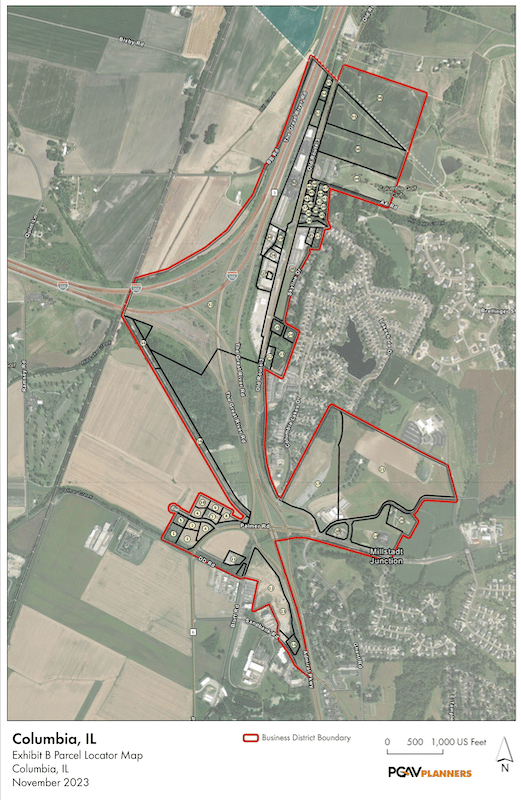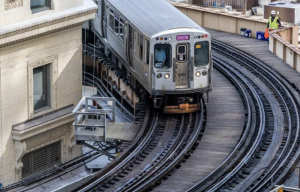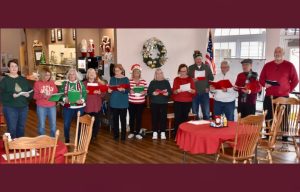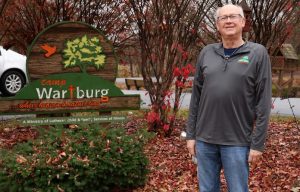Columbia biz district considered

While many businesses seek locations which may easily be seen in high-traffic areas, commuters who enter Columbia from I-255 via Route 3 see mostly trees and grass along the highway.
The City of Columbia wants to do something about it.
According to a recent report prepared by St. Louis firm PGAV Planners, Columbia has an abundance of “highly visible but underutilized property” along Route 3 and I-225.
City officials believe one way to encourage development in the area is implementation of the Route 3/I-255 Business District.
Business districts are designed to allow a municipality to impose additional taxes within the district, up to 1 percent, with the additional revenue being earmarked to be used solely for improvements within that district.
A business district has a maximum term of 23 years and is enacted by the authority of city government – in this case a favorable vote by the Columbia City Council.
Columbia City Administrator Doug Brimm noted sales tax in the area would not include items like groceries or medicine. Also excluded from the proposed tax is anything which is licensed, deeded or titled by the state, such as vehicles or real estate.
Other applicable business district taxes include an additional retailers’ occupation tax, service occupation tax or hotel operators’ occupation tax.
The proposed district would include properties along Route 3 from Sand Bank Road north to Mule Road on Old Route 3 adjacent to I-255 and a stretch of Palmer Road from DD Road to Palmer Creek Drive.
Even though about half of the properties in the proposed district are classified as “vacant,” Brimm reported that if the district would have been in place for the past 12 months, the city would have generated a little more than $220,000 as of November from the additional taxes.
He pointed out those figures do not include any significant revenue from the recently opened businesses at Southport Plaza across from Red Roof Liquor & Lottery, which would fall within the business district if approved.
The objectives of the business district are expanding Columbia’s sales tax base, financing infrastructure improvements, promoting new business development and helping existing businesses in the area expand or improve.
Brimm explained part of the funds from the business district tax would be used to improve roads and expand infrastructure in the area.
The district would also allow the city to pledge revenue in development agreements.
Brimm said the lower building and operating costs would create an “extra incentive” for businesses to come to Columbia while also providing a revenue source for other improvements in the area without needing to use existing city funds.
Additionally, the city could reach an agreement “that provides for the sharing, rebate, or payment of retailers occupation taxes or service occupation taxes the municipality receives from the development or redevelopment of properties in the business district,” another avenue to incentivise businesses to build in the district.
A similar business district exists in Waterloo along Route 3 as part of Schnucks known as Waterloo Commons.
Columbia already has one business district in place in the area of the former Immaculate Conception Parish and School off Main Street.
That area is now home to the Main Street Abbey event center and Cafe on the Abbey, both of which will be complimented by the Franklin Yard hotel, restaurant and entertainment development currently under construction.
While this new business district in Columbia would cover a larger area, the goals are similar.
John Brancaglione of PGAV Planners presented his findings on the district’s feasibility during the Dec. 18 city council meeting.
The PGAV report states the “city’s goal in this area is to promote development of hotels and companion restaurants and entertainment facilities. These would support community and area demand and demand generated by the proposed sports complex to the east and outside the district.”
Brimm said the St. Louis Steamers soccer development near the intersection of DD and Bluff roads and another potential sports complex – neither of which would be included in the business district – would be a “big driver of tourism” to Columbia, even more so if other amenities existed nearby.
Brancaglione also said business owners have already expressed interest in developing a car dealership, restaurants and at least one hotel in the proposed district area.
He suggested establishing those businesses will spur even more retail and other commercial development in the area, leading to more revenue and further improvements.
Brancaglione covered aspects of the district which qualify it to be enacted per Illinois state statutes.
The first topic, and most prominent, was an area of Palmer Road which would be inadequate for servicing any additional development.
Brancaglione said that as traffic increases, it is likely signals and additional turn lanes would need to be added to the entrances and exits from Palmer Road.
Revenue from the additional business district taxes would be used to fund the improvements.
Brancaglione also pointed to the “economic liability” of undeveloped properties in the district.
The report points out that 27 of the 59 properties in the proposed district are either vacant or tax exempt, “and are therefore generating less in real property taxes than any developed property.”
Furthermore, 23 of the properties “represent obsolete platting and/or improper subdivision that renders the parcel difficult (if not impossible) to develop as configured” without the business district in place, the report stated.
There will be a public hearing about the district at 6:45 p.m. Monday, Feb. 5, at Columbia City Hall prior to the regularly scheduled council meeting.
Residents are invited to ask questions about this proposed district.
A vote on the district is expected during an upcoming meeting.






